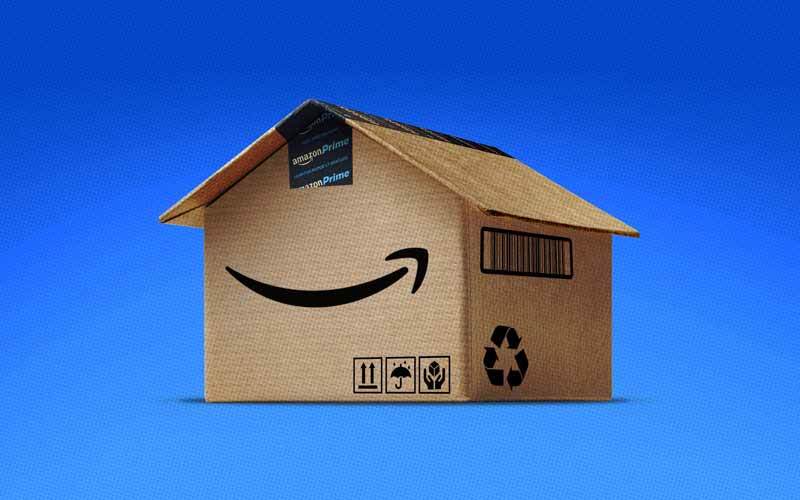Media Strategy
Programmatic
Written By
Stuart Santos
Performance Media Director
Amazon has surpassed Walmart as the biggest retailer on the planet. In 2020, the e-commerce juggernaut jumped 25 spots to #28 on the Forbes Global 2000 list of the world’s largest public companies. But how does Amazon, where consumers can buy anything from appliances to zip ties, compare to other major home improvement stores? For the record, Home Depot and Lowe’s sit at 126 and 234, respectively, while Wayfair lags far behind at 1,549.
Recently, we shared five reasons to jump on the Amazon bandwagon. Now, we continue that conversation with this advice: If you aren’t already selling your home or building products there, it’s time to reconsider.
Amazon represents an incredible opportunity for manufacturers: When a consumer visits Amazon.com, they already have some level of purchase intent. That means they’re primed to buy. Alone, the following tips can’t guarantee you’re able to harness that potential, but they’ll put you on the path to success.
1. Establish retail readiness.
Every product that you are considering advertising on the Amazon.com platform should first be evaluated for retail readiness. Elements of retail readiness include pricing; product images; additional product support such as A+ content, ratings and reviews; inventory product titles; and descriptions.
On Amazon, retail readiness is an important element to create a positive feedback loop of clicks, reviews and sales. It’s ingrained in Amazon’s best practice guidelines for creating product listings that are informative and engaging for shoppers as well as searchable and indexable on Amazon.com.
2. Establish clear goals for every campaign.
As with any facet of marketing and sales, a single campaign won’t address every business objective. That’s why, instead of putting all of a brand’s eggs in one proverbial basket, our Performance Media team creates SMART goals by establishing what’s important to our clients’ business. In performance media, these goals analyze multiple data points to highlight and determine true success. And, if you want to improve your return on ad spend (ROAS) and make your campaigns more efficient, they’re critical.
SMART goals are:
- Specific
- Measurable
- Achievable (determined by looking at past performance or competitor product performance)
- Relevant (based on your overall business goal)
- Timebound
Here is an example of a SMART goal for Amazon.
We are currently at 100% ACoS (Advertising Cost of Sale) and would like to lower this to below 50%.
What makes this a SMART goal?
- It’s specific, because it identifies the exact ACoS.
- It’s measurable within the Amazon platform.
- It establishes a timeline.
In addition to developing SMART goals, we work with clients to assess their category market competition.

